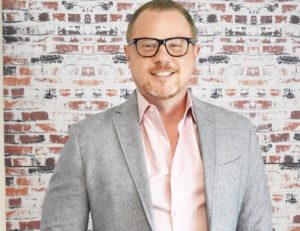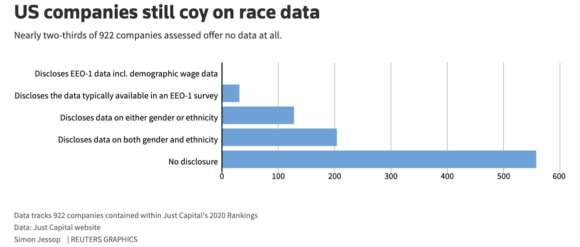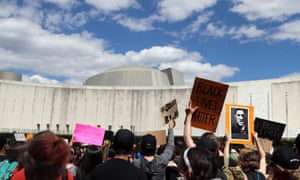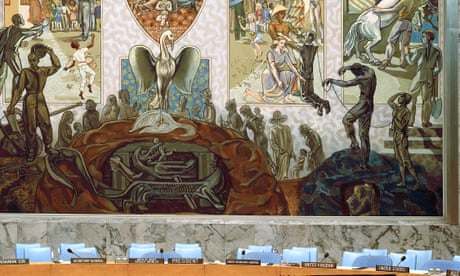June 30, 2020 INSURANCE JOURNAL
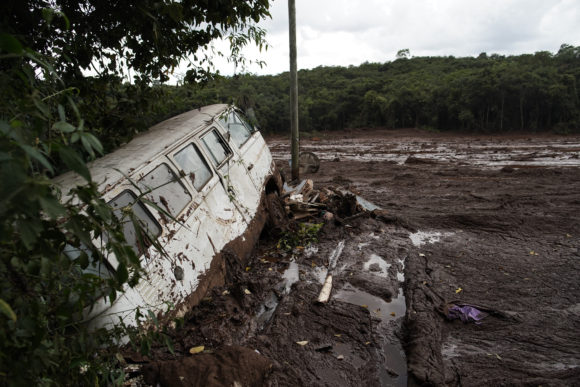
Email This Subscribe to Newsletter
Email to a friend Facebook Tweet LinkedIn Print Article
Article
0 Comments
Mining companies should be required to buy private insurance for tailings dams and their board of directors should be held legally responsible for any disasters, a coalition of 140 environmental groups said in a report published on Tuesday.
The recommendations, which differ from standards to be published soon from a group that includes miners and investors, come as public scrutiny over tailings dams has intensified after the deadly 2019 collapse of a Brazil dam owned by Vale SA.
Earthworks and MiningWatch Canada, two prominent environmental nonprofits, co-wrote the report that includes 16 recommendations they hope will be adopted by regulators across the world and used by bankers as they consider whether to lend to miners.

Tailings dams, which are embankments constructed near mines to store mining waste in a liquid or solid form, can sometimes tower dozens of meters high and stretch for several kilometers. They are the most common waste-disposal method for miners, but they can be dangerous depending on construction method and a host of other factors.
The Earthworks-led report recommends that new tailings dams be banned near inhabited areas; make dam inspection data easily available; and make safety, not cost, the main factor in a dam’s construction.
“We hope local governments and local regulators, as well as lenders, insurers and investors, take these recommendations into account,” said Earthworks’ Jan Morrill, who co-authored the report.
Reuters reported last week that the Global Tailings Review (GTR), a panel of industry, investor and United Nations groups, had finalized its own tailings dam standards, which are not binding and are set to be released in the coming weeks.
The GTR’s final standards do not require private insurance and do not place final culpability with a company’s board. Instead, they call for appointing at least one executive responsible for tailings dam safety who is accountable to the chief executive and has regular communication with the board.
(Reporting by Ernest Scheyder; additional reporting by Jeff Lewis; Editing by Aurora Ellis)
Photograph: In this Jan. 26, 2019 file photo, a van is half submerged in the mud after a Vale dam collapsed near Brumadinho, Brazil. Corrego do Feijao was the epicenter of the breach, which got the brunt of the deluge, and where rescuers found a bus with an unknown number of bodies inside. Photo credit: AP Photo/Leo Correa.
Related:

Email This Subscribe to Newsletter
Email to a friend Facebook Tweet LinkedIn Print Article
Article
0 Comments
Mining companies should be required to buy private insurance for tailings dams and their board of directors should be held legally responsible for any disasters, a coalition of 140 environmental groups said in a report published on Tuesday.
The recommendations, which differ from standards to be published soon from a group that includes miners and investors, come as public scrutiny over tailings dams has intensified after the deadly 2019 collapse of a Brazil dam owned by Vale SA.
Earthworks and MiningWatch Canada, two prominent environmental nonprofits, co-wrote the report that includes 16 recommendations they hope will be adopted by regulators across the world and used by bankers as they consider whether to lend to miners.
Tailings dams, which are embankments constructed near mines to store mining waste in a liquid or solid form, can sometimes tower dozens of meters high and stretch for several kilometers. They are the most common waste-disposal method for miners, but they can be dangerous depending on construction method and a host of other factors.
The Earthworks-led report recommends that new tailings dams be banned near inhabited areas; make dam inspection data easily available; and make safety, not cost, the main factor in a dam’s construction.
“We hope local governments and local regulators, as well as lenders, insurers and investors, take these recommendations into account,” said Earthworks’ Jan Morrill, who co-authored the report.
Reuters reported last week that the Global Tailings Review (GTR), a panel of industry, investor and United Nations groups, had finalized its own tailings dam standards, which are not binding and are set to be released in the coming weeks.
The GTR’s final standards do not require private insurance and do not place final culpability with a company’s board. Instead, they call for appointing at least one executive responsible for tailings dam safety who is accountable to the chief executive and has regular communication with the board.
(Reporting by Ernest Scheyder; additional reporting by Jeff Lewis; Editing by Aurora Ellis)
Photograph: In this Jan. 26, 2019 file photo, a van is half submerged in the mud after a Vale dam collapsed near Brumadinho, Brazil. Corrego do Feijao was the epicenter of the breach, which got the brunt of the deluge, and where rescuers found a bus with an unknown number of bodies inside. Photo credit: AP Photo/Leo Correa.
Related:
Brazil’s Burst Dam Disasters Blamed on Cheap Storage of Mining Waste
Copyright 2020 Reuters.

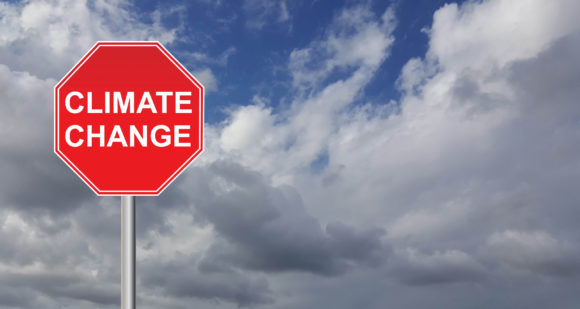
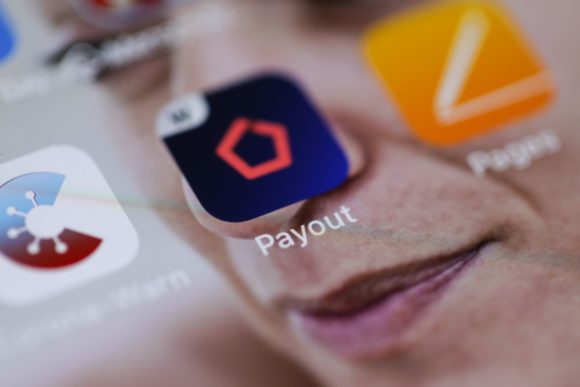
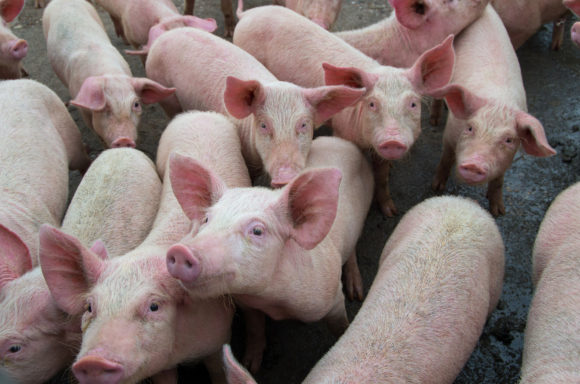
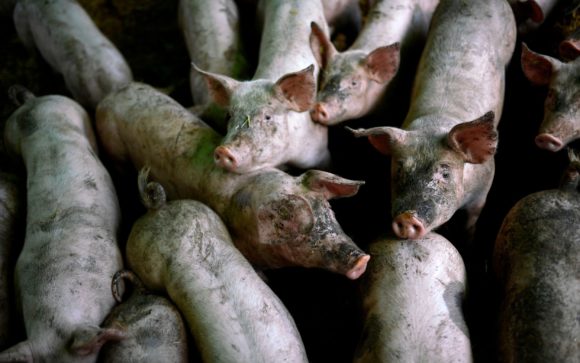

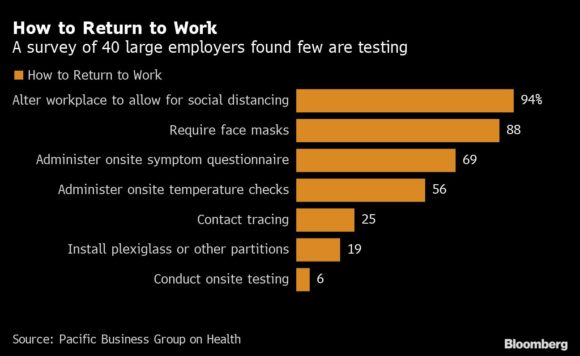
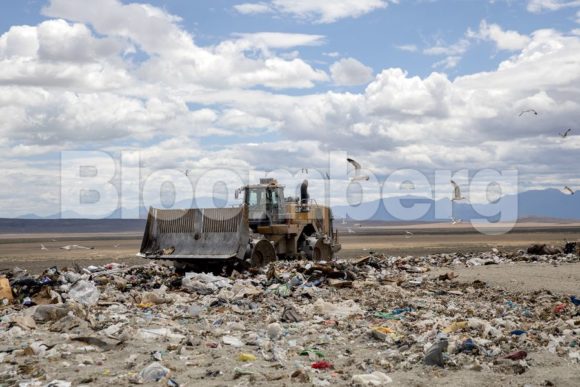
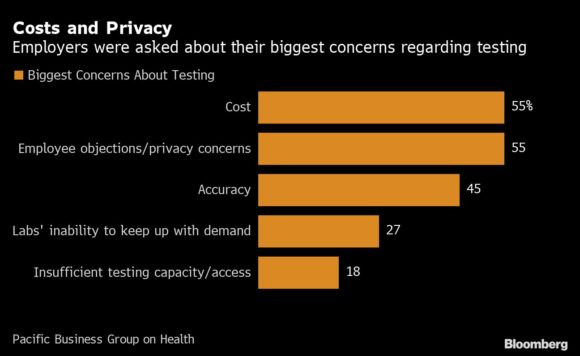

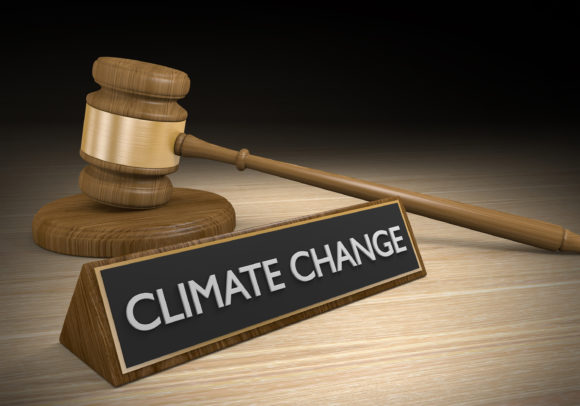
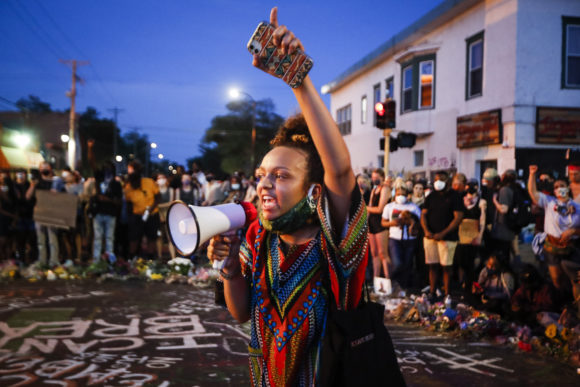
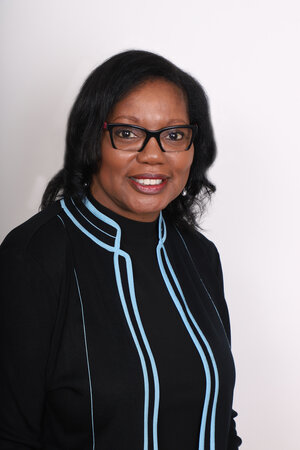 Margaret Redd
Margaret Redd
